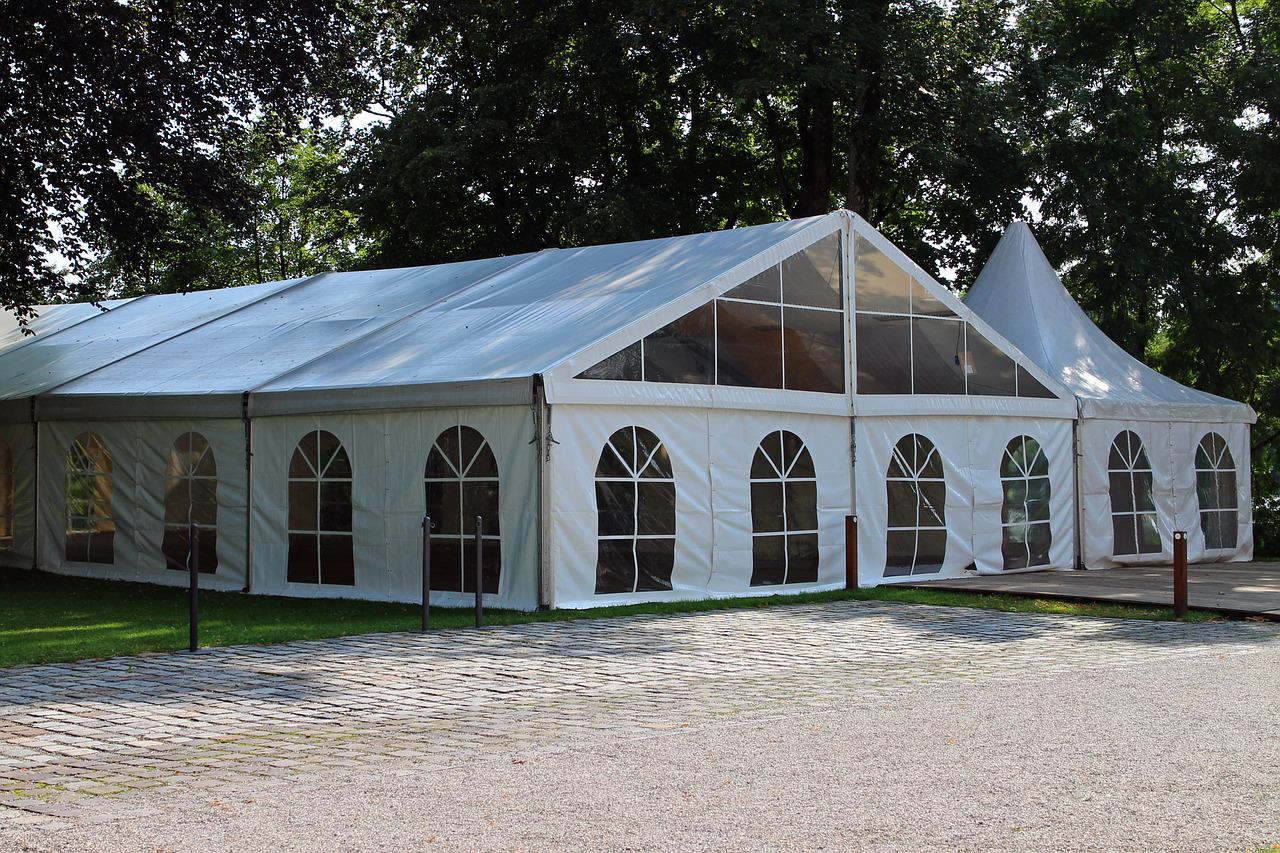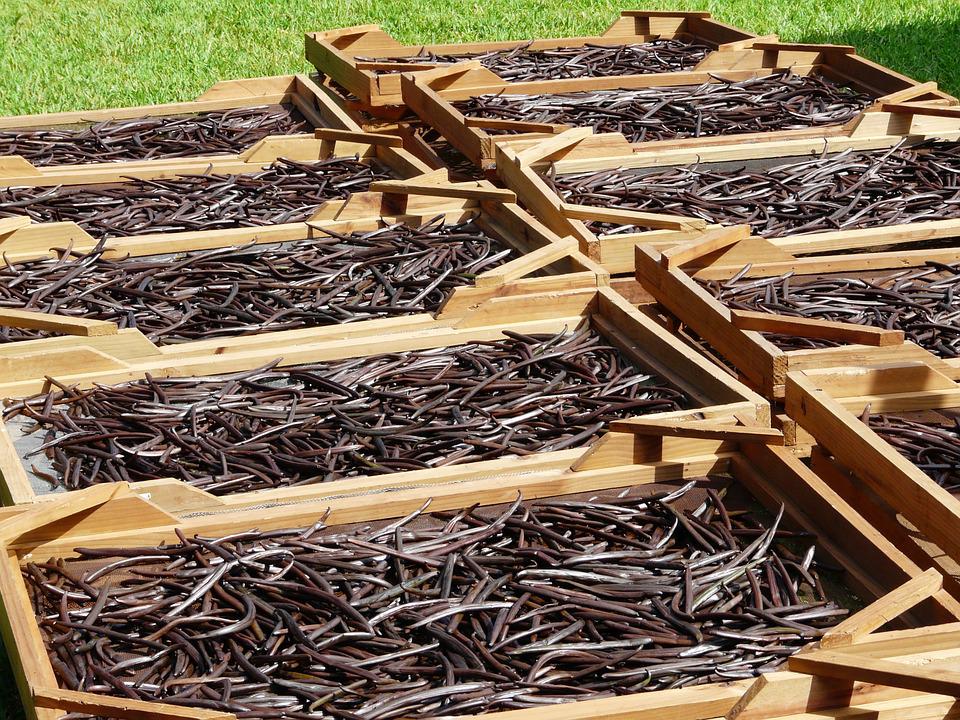Luminescent polymers are a class of flexible materials that contain light-emitting molecules commonly used in a variety of today’s electronics. However, once these electronics are no longer used, they will be left in landfills or buried underground as recycling them is complex and expensive.
In the past, there was no method to recycle luminescent polymers due to the challenge of designing those materials at the molecular level.
However, researchers at the U.S. Department of Energy’s (DoE) Argonne National Laboratory recently made this material biodegradable and recyclable without sacrificing its functionality. The team designed luminescent polymers with high light-emitting efficiencies from the start that are both biodegradable and recyclable.
Luminescent polymers can be broken down in a heat or mild acid environment. Therefore, they put a type of chemical, called tert-butyl ester, into the luminescent polymers to give luminescent polymers the ability to recycle while maintaining their high light-emitting function.
The indicator of light source performance then scored an impressive 15.1% in electroluminescence, increasing ten times more than the existing degradable luminescent polymers.
At the end of life, the new polymer can be degraded under either similar acidic conditions with the pH of stomach acid or heat treatment at a higher 410F (21 C). The materials collected can be isolated and remade into new materials for other applications that can help to address the urgent need for sustainability in electronics.
Although this is only the first step in the goal of making future electronics more sustainable by being easier to degrade and recycle, this achievement is not only worthwhile for electronic waste but also can be extended into other fields.
The researchers hoped that this could get more attention in the design of electronics with recyclability in mind. In addition, this new polymer also can be applied to existing technologies, such as displays and medical imaging.
The next step for scaling the technology is to move it from the lab to electronics such as cell phones and computer screens through continued testing. According to Jie Xu, the leader of this project, this method eliminates this type of electronic waste without piling it up in landfills.







